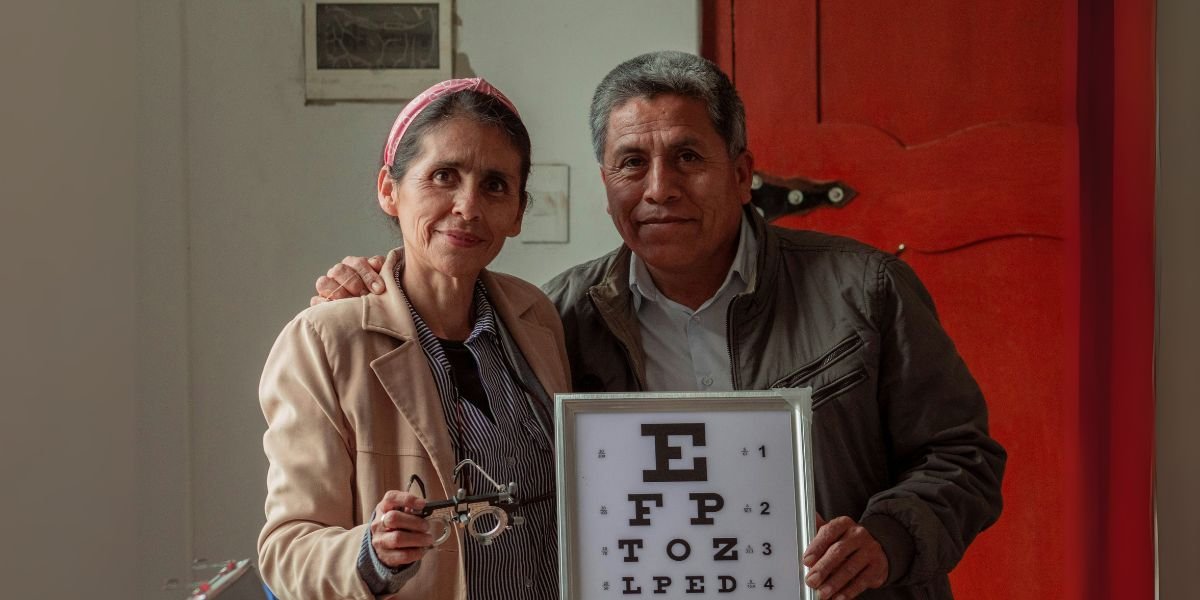Impeachment in the United States is a rigorous and multifaceted process that involves both legal and political elements. Grounded in the U.S. Constitution, specifically in Article II, Section 4, impeachment allows for the removal of the President, Vice President, and other civil officers for “Treason, Bribery, or other high Crimes and Misdemeanors.” However, the broad interpretation of “high Crimes and Misdemeanors” grants Congress considerable latitude in determining what constitutes impeachable offenses.
Constitutional Basis and Interpretation
Impeachment is firmly rooted in the U.S. Constitution, with Article II, Section 4 serving as the foundation. This section outlines that the President, Vice President, and all civil officers can be impeached for “Treason, Bribery, or other high Crimes and Misdemeanors.” The phrase “high Crimes and Misdemeanors” is particularly significant because of its broad and somewhat ambiguous nature. This ambiguity allows Congress to interpret what constitutes an impeachable offense based on the context and severity of the alleged misconduct. This flexibility has sparked considerable debate throughout American history, with different Congresses interpreting the phrase in varying ways depending on the political climate and the specific circumstances of each case.
Impeachment Process in the House of Representatives
The impeachment process typically begins in the House of Representatives, the legislative body responsible for initiating the proceedings. Often, the process starts with an investigation by the House Judiciary Committee or another relevant committee. This phase is crucial as it involves gathering evidence, holding hearings, and calling witnesses to testify about the alleged misconduct. The investigation is designed to determine whether there is sufficient evidence to justify impeachment.
If the committee finds sufficient grounds for impeachment, it drafts articles of impeachment. These articles are formal charges against the official and serve as the basis for the impeachment vote. The full House of Representatives then votes on the articles of impeachment. A simple majority vote is required to impeach the official, effectively indicting them and sending the process to the Senate for trial.
Senate Trial
Once the House votes to impeach, the process moves to the Senate, where a trial is held. If the President is the one being impeached, the trial is presided over by the Chief Justice of the Supreme Court, adding a layer of judicial oversight to the proceedings. The Senate trial is akin to a courtroom trial, where both sides—the House managers acting as prosecutors and the defense—present their cases. This includes the presentation of evidence, witness testimonies, and legal arguments.
The Senate’s role in this process is to determine whether the official should be convicted and removed from office. For a conviction to occur, a two-thirds majority vote in the Senate is required. This high threshold ensures that removal from office is reserved for only the most serious offenses, reflecting the gravity of the impeachment process.
Political and Public Implications
Impeachment is not just a legal procedure; it is also deeply political. The process is often influenced by the party alignment of Congress and the official in question. Partisan considerations play a significant role, as members of Congress may vote along party lines rather than solely based on the merits of the case. This dynamic can lead to contentious and highly charged proceedings, with both sides seeking to sway public opinion.
Public opinion is a critical factor in the impeachment process. As the proceedings unfold, both Congress and the official under impeachment may attempt to shape public perception to their advantage. The media plays a crucial role in this, as it disseminates information and frames the narrative surrounding the impeachment. The process can lead to political gridlock, shifts in power dynamics, and changes in legislative priorities, all of which significantly affect governance.
Historical Precedents
Impeachment is a rare event in American history, and each case provides valuable insights into the strengths and limitations of the process. Historical precedents, such as the impeachments of Andrew Johnson, Richard Nixon, Bill Clinton, and Donald Trump, have shaped how the process is understood and applied today.
Each of these cases offers lessons on the nuances of the impeachment process. For example, the impeachment of Andrew Johnson in 1868 highlighted the tensions between the executive and legislative branches during Reconstruction, while Richard Nixon’s near-impeachment in the 1970s underscored the role of evidence and public opinion in driving the process. Bill Clinton’s impeachment in the late 1990s demonstrated how deeply partisan the process can become, and the two impeachments of Donald Trump showcased the polarization and political stakes in modern American politics.
Legal and Constitutional Debates
The impeachment process raises several important legal and constitutional debates. One of the most significant debates centers on the scope of impeachable offenses. Some legal scholars argue for a narrow interpretation, suggesting that only criminal behavior should warrant impeachment. Others advocate for a broader interpretation, where abuse of power or violation of public trust can also justify impeachment, even if no crime has been committed.
Another key debate concerns the role of the judiciary in the impeachment process, particularly the involvement of the Supreme Court in presidential impeachments. While impeachment is primarily a legislative process, the Chief Justice’s role in presiding over the Senate trial of a president introduces judicial oversight into the equation. This raises questions about the balance of powers and the checks and balances that are fundamental to the U.S. Constitution.
The impeachment process in the United States is a complex and significant constitutional mechanism designed to hold the nation’s highest officials accountable. While it is a legal procedure, it is also deeply political, with wide-ranging implications for governance, public opinion, and the future of American democracy. As history has shown, each impeachment case adds to the evolving understanding of this critical process, shaping the nation’s legal and political landscape. The ongoing debates and historical precedents surrounding impeachment continue to influence how this powerful tool is used and understood in the modern era.








